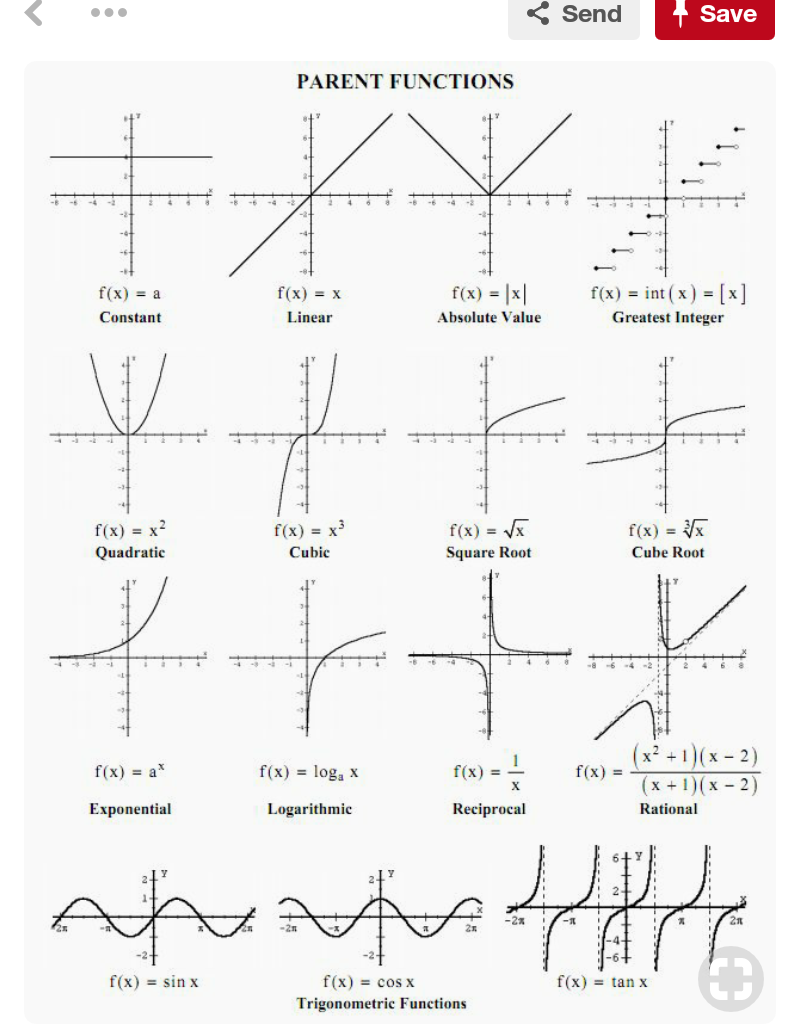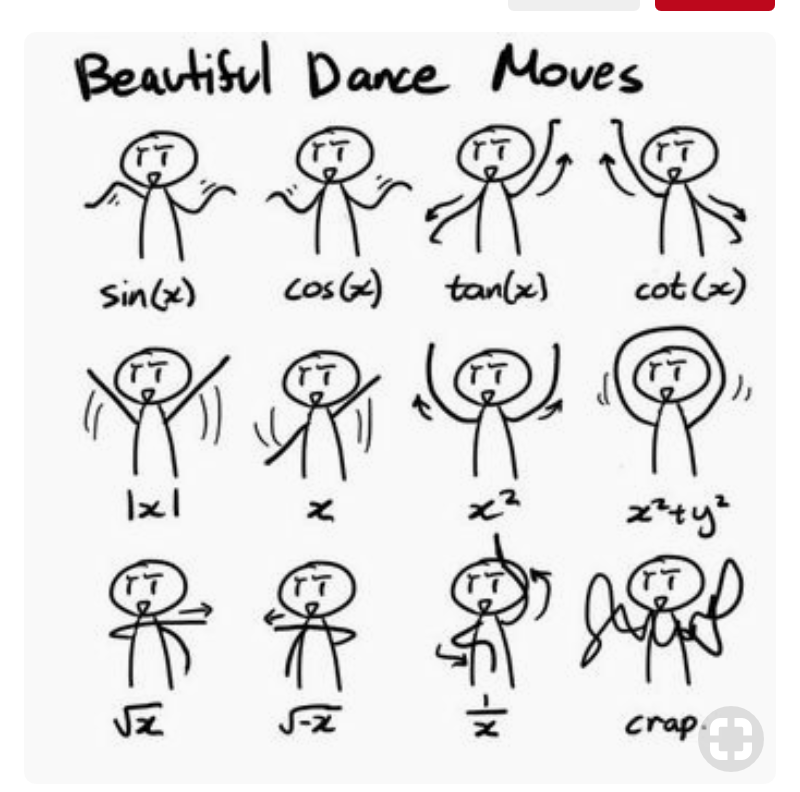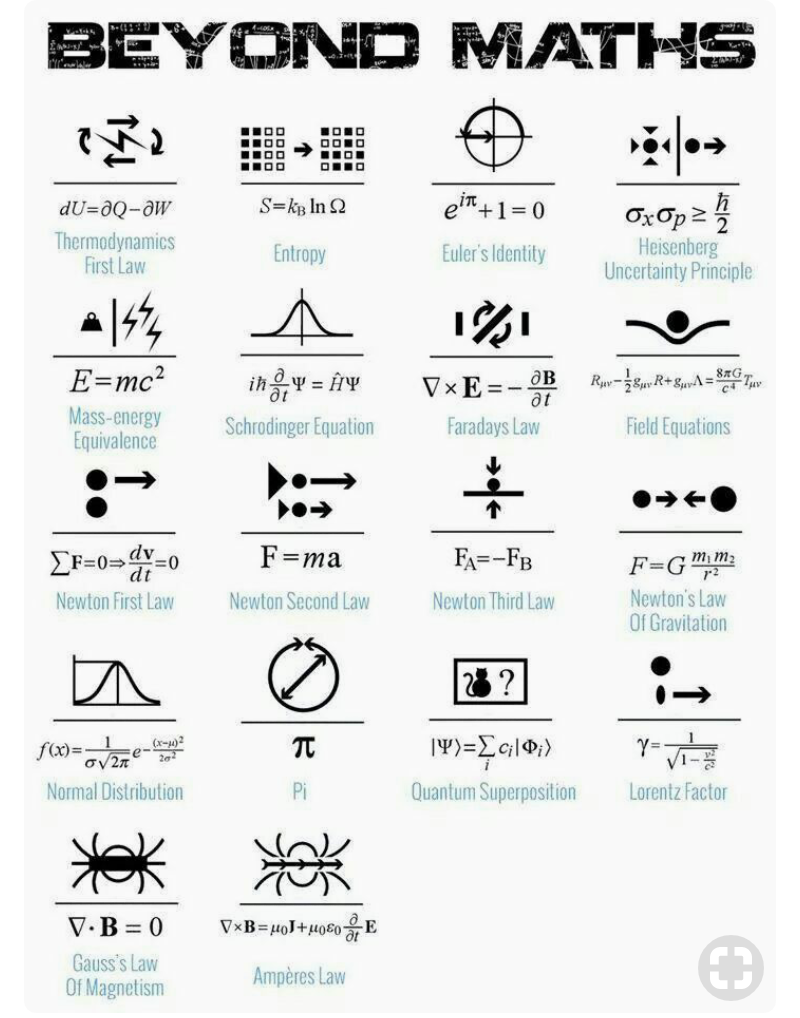
AllQuestion and Answers: Page 1711
Question Number 37143 Answers: 0 Comments: 0
Question Number 37133 Answers: 0 Comments: 0

Question Number 37132 Answers: 0 Comments: 0

Question Number 37131 Answers: 0 Comments: 2

Question Number 37136 Answers: 0 Comments: 1

Question Number 37139 Answers: 2 Comments: 0
Question Number 37137 Answers: 2 Comments: 4
Question Number 37129 Answers: 0 Comments: 0

Question Number 37128 Answers: 0 Comments: 0

Question Number 37511 Answers: 0 Comments: 3
Question Number 37123 Answers: 0 Comments: 1
Question Number 37122 Answers: 0 Comments: 0
Question Number 37110 Answers: 1 Comments: 2
Question Number 37108 Answers: 1 Comments: 0
Question Number 37089 Answers: 1 Comments: 10

Question Number 37084 Answers: 0 Comments: 2
Question Number 37081 Answers: 0 Comments: 1

Question Number 37079 Answers: 1 Comments: 0

Question Number 37073 Answers: 2 Comments: 2

Question Number 37071 Answers: 2 Comments: 1
Question Number 37067 Answers: 2 Comments: 1
Question Number 37059 Answers: 0 Comments: 0

Question Number 37058 Answers: 1 Comments: 0

Question Number 37048 Answers: 0 Comments: 2
Question Number 37045 Answers: 1 Comments: 1

Question Number 37037 Answers: 4 Comments: 0
Pg 1706 Pg 1707 Pg 1708 Pg 1709 Pg 1710 Pg 1711 Pg 1712 Pg 1713 Pg 1714 Pg 1715
